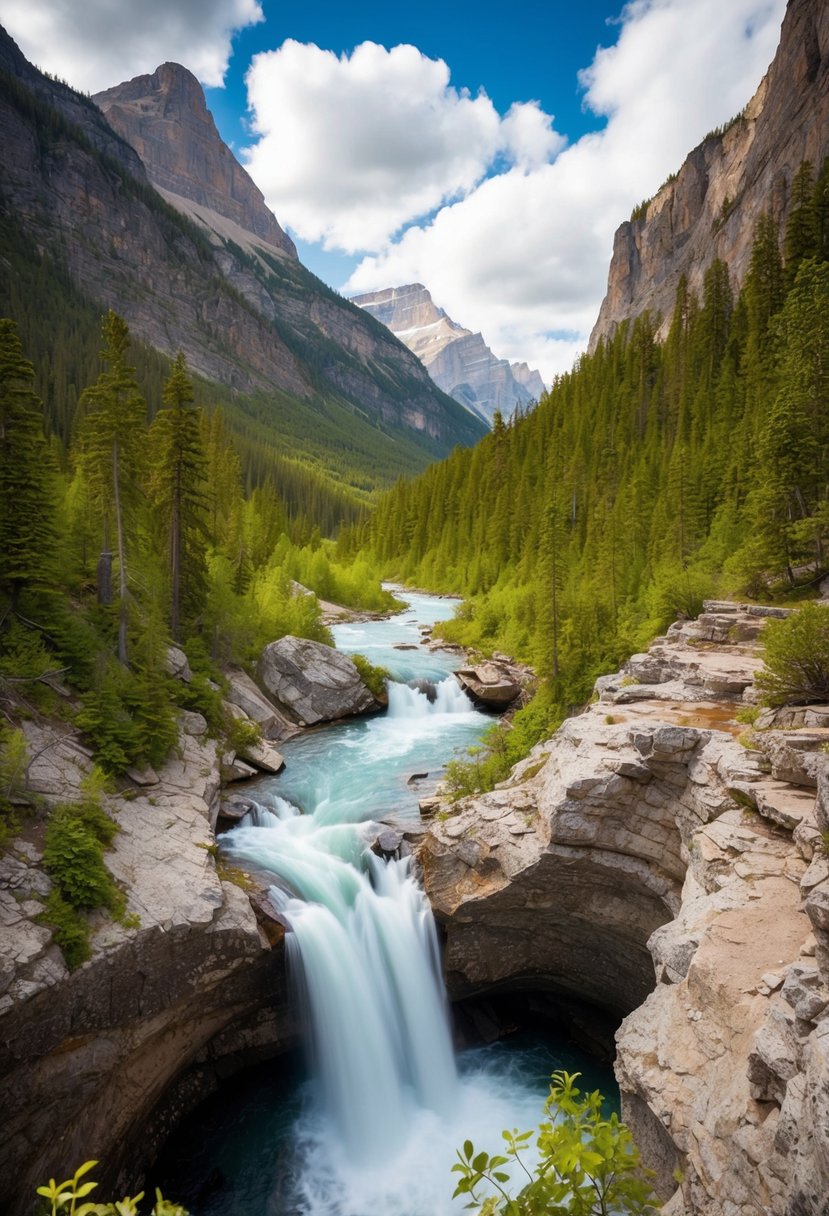Jasper National Park is a breathtaking destination for outdoor enthusiasts and nature lovers. With its stunning landscapes, diverse wildlife, and a variety of trails, the park offers something for everyone. Exploring the best hikes in Jasper allows visitors to experience its natural beauty up close, showcasing incredible views and unforgettable adventures.
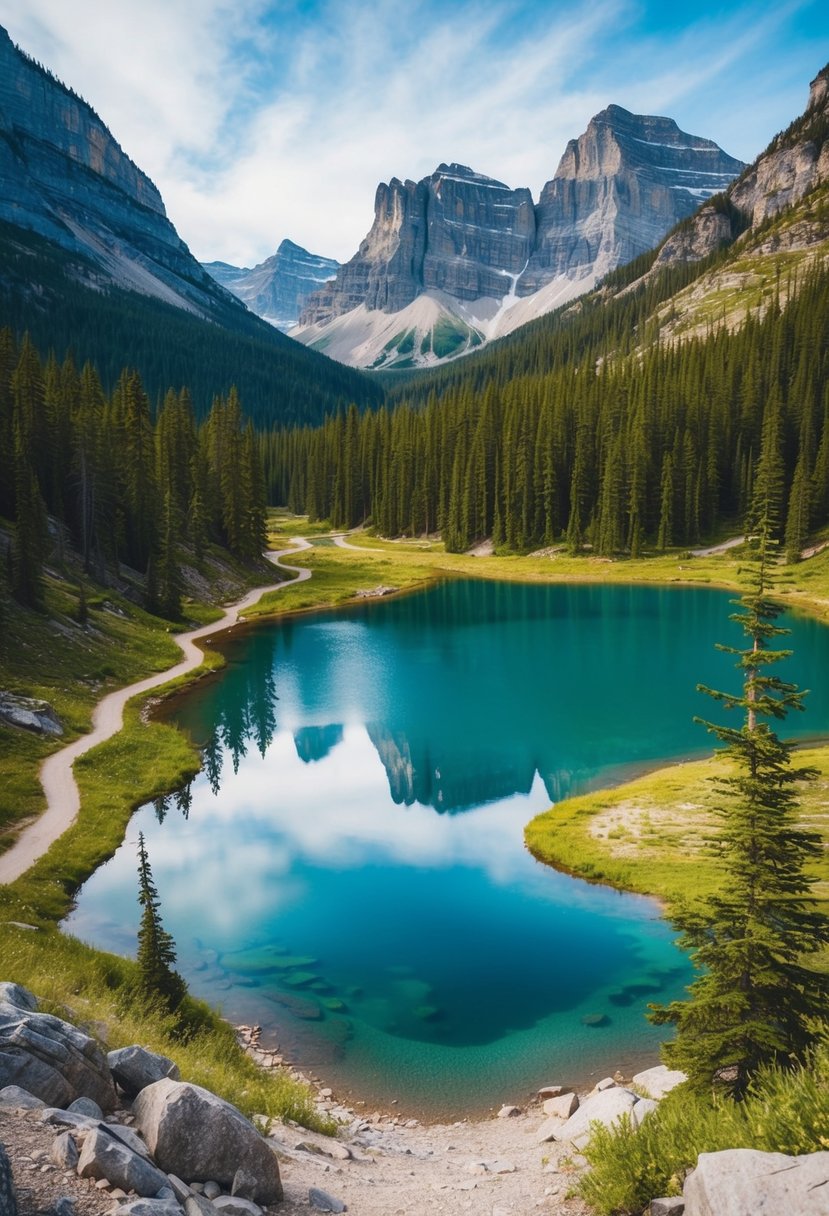
Among the numerous hiking options, some trails stand out for their scenic vistas and accessibility. From challenging routes to easier walks, hikers can find paths that suit their skill levels and interests. The park features well-maintained trails like the Sulphur Skyline, which is known for its panoramic views and rewarding experience. Whether you’re seeking a short trek or a full-day adventure, exploring the best Jasper National Park hikes offers an unforgettable way to experience the park’s breathtaking landscapes.
Whether seeking a peaceful walk or a thrilling trek, the hikes in Jasper National Park provide amazing opportunities to connect with nature. Each trail offers a unique perspective of the park’s stunning scenery, making it an ideal spot for any adventurer.
1) Athabasca Falls Hike
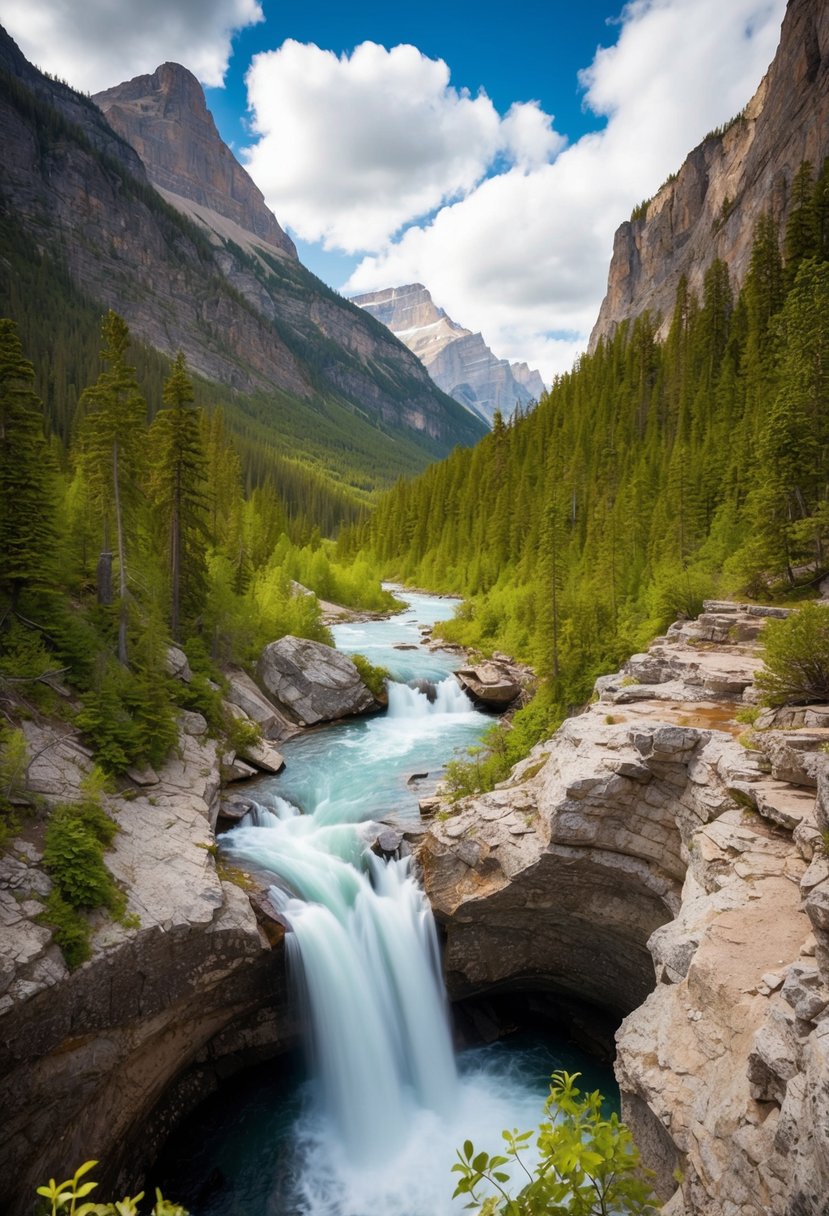
The Athabasca Falls hike is a short and easy trail located in Jasper National Park. It is about 0.6 miles long and typically takes around 12 minutes to complete.
This hike is suitable for families and offers stunning views of one of the park’s most powerful waterfalls. The trail provides various viewpoints where visitors can appreciate the crashing water and beautiful surrounding nature.
Athabasca Falls is a popular stop for those exploring the Icefields Parkway between Jasper and Banff National Parks. The scenic drive enhances the overall experience for hikers.
With a high user rating on various hiking sites, Athabasca Falls is often recommended as a must-see attraction in Jasper. Its accessibility makes it a welcoming spot for all outdoor enthusiasts.
2) Sulphur Skyline Trail
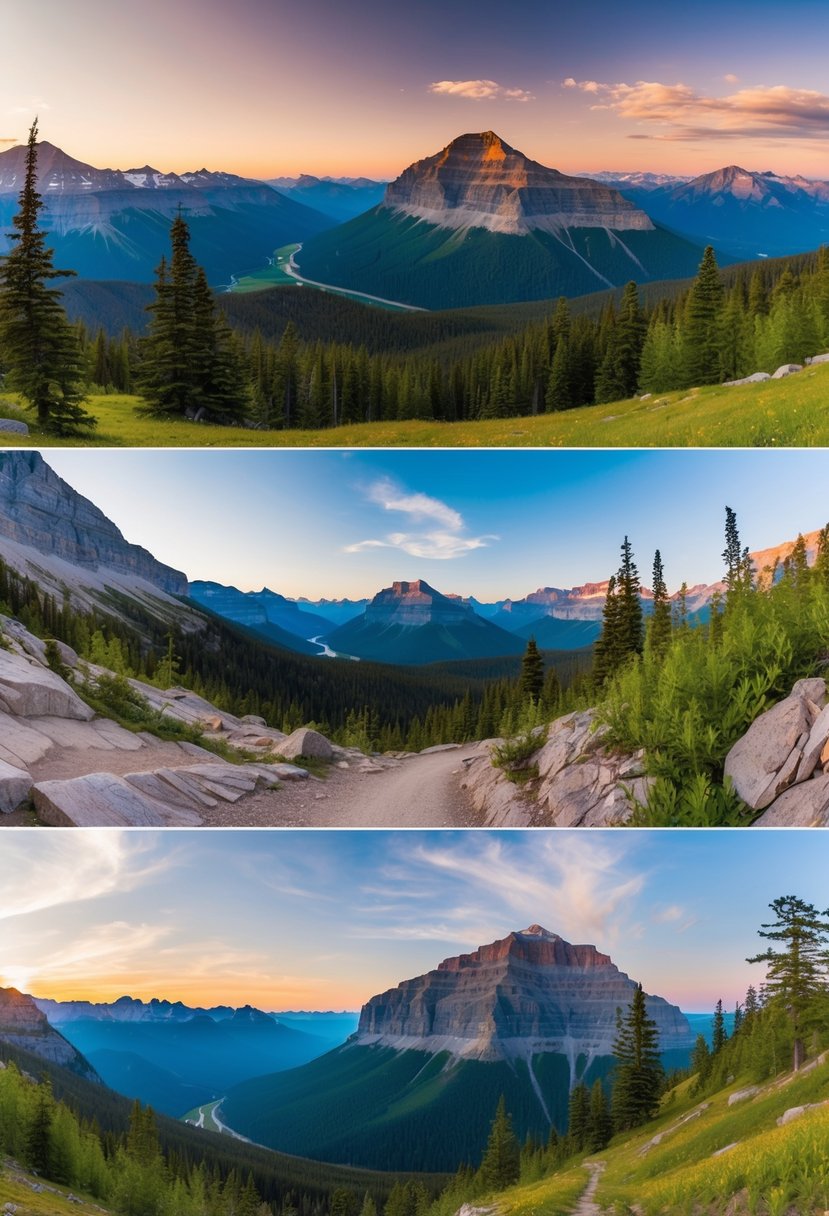
The Sulphur Skyline Trail is one of the most popular hikes in Jasper National Park. It offers stunning views and a chance to enjoy the beauty of the Canadian Rockies.
This trail is known for its elevation gain. Hikers can expect a strenuous trek, especially in the steep sections. It is important to bring plenty of water.
The hike begins at a steady pace. The first two kilometers are a gradual uphill, which doesn’t present many views. As hikers continue, they are rewarded with panoramic vistas of the surrounding mountains.
At the summit, the views are breathtaking, making the effort worthwhile. This trail is great for those who seek an adventure. It’s highly recommended for anyone exploring Jasper National Park.
For more details, visit AllTrails.
3) Bald Hills at Maligne Lake
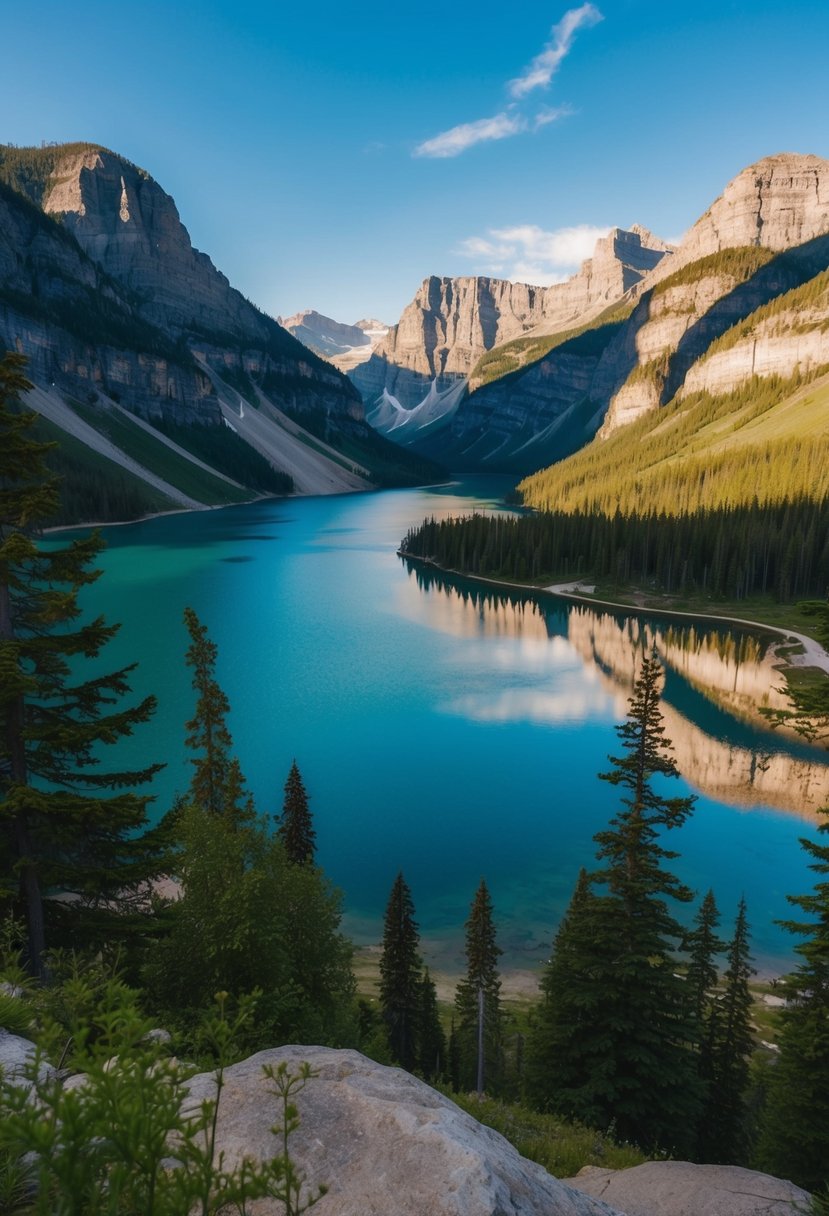
Bald Hills is a popular hiking destination located near Maligne Lake in Jasper National Park. This trail features a steep climb with an elevation gain of 700 meters. Hikers can enjoy a round trip of about 13 kilometers, which includes a scenic loop at the top.
The hike starts at the end of Maligne Lake Road. The path is mostly a gravel road, making it manageable for many hikers. As they ascend, trekkers are rewarded with stunning views of Maligne Lake and the surrounding mountains.
Wildlife sightings are common along the trail, adding to the experience. The breathtaking scenery makes Bald Hills a must-visit location for those exploring Jasper National Park.
It is essential to check trail conditions before heading out. This helps ensure a safe and enjoyable hike for everyone. For more information about this hike, visit Bald Hills – All You Need to Know.
4) Edith Cavell Meadows
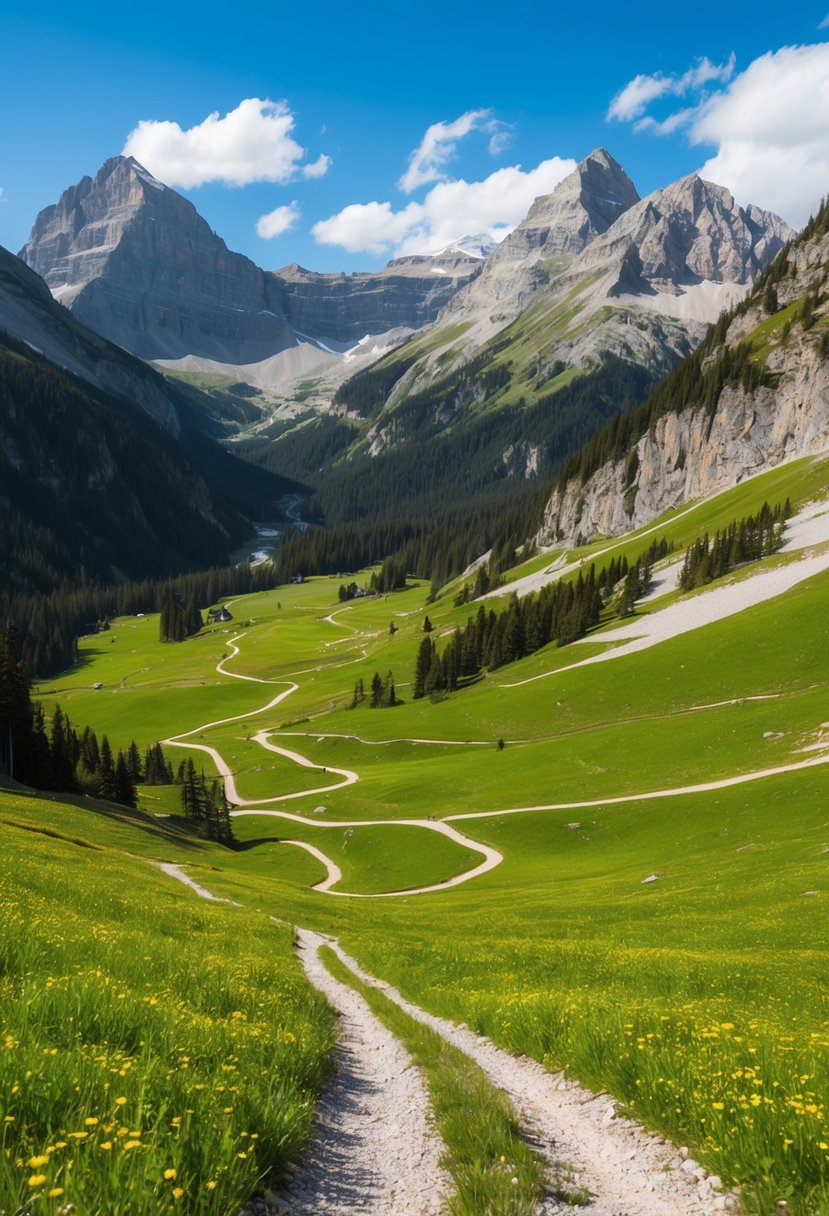
Edith Cavell Meadows is a popular hiking trail located in Jasper National Park. This trail offers stunning views of wildflowers during the summer months. It is known for its picturesque alpine landscapes.
The hike is considered moderate in difficulty, making it accessible for many hikers. The trail leads to impressive glacial features and beautiful meadows. Wildlife sightings are also common along the way.
Hikers can expect breathtaking views of the surrounding mountains. The trail can be busy, especially during peak season. It is important to plan ahead and arrive early for a better experience.
For those seeking an unforgettable hiking adventure, Edith Cavell Meadows is a must-visit. It combines natural beauty with a chance to explore Jasper’s diverse environment. This hike captures the essence of what Jasper National Park has to offer.
5) Valley of the Five Lakes

The Valley of the Five Lakes is a beautiful hiking trail located in Jasper National Park. This moderate hike offers stunning views of five picturesque lakes along the route.
Hikers start the trail just off the Icefields Parkway. The path features rocky sections and tree roots, making it challenging but accessible for most skill levels. The trail passes through lush forests and includes a wooden footbridge.
This hike is popular among visitors. Many enjoy exploring the sparkling blue waters and taking photos of the scenic surroundings. The area provides plenty of opportunities for wildlife spotting as well.
In spring and summer, the vibrant colors of the lakes and wildflowers create a stunning landscape. The Valley of the Five Lakes truly showcases the natural beauty of Jasper National Park. For more information, visit Valley of Five Lakes Hike.
Overview of Jasper National Park

Jasper National Park is a stunning area known for its breathtaking landscapes and diverse ecosystems. It is part of the Canadian Rockies and offers a plethora of outdoor activities. Visitors come for the unique geographical features and the rich variety of plants and animals.
Jasper Park Geographical Highlights
Jasper National Park spans over 4,200 square kilometers, making it the largest national park in the Canadian Rockies. The park features majestic mountains, glacial rivers, and expansive forests. One of its most famous landmarks is the Columbia Icefield, a massive ice field that feeds several glaciers, including the Athabasca Glacier.
The Maligne Lake area is also noteworthy, known for its stunning turquoise waters surrounded by towering peaks. Another highlight is the Athabasca Falls, which exhibit powerful water flows and carved rock formations. These geographical features provide numerous opportunities for hiking, photography, and wildlife viewing.
Unique Flora and Fauna
Jasper National Park is home to a variety of ecosystems, each supporting unique plant and animal species. The park’s flora includes over 1,000 plant species, ranging from lush forests of spruce and fir to beautiful meadows filled with wildflowers.
Wildlife is abundant, with species like elk, deer, and bears frequently seen. The park also hosts birds such as the American robin and the peregrine falcon. This rich biodiversity makes Jasper a critical area for conservation and a top destination for nature enthusiasts. Visitors often explore the park to learn about its unique ecosystems and the importance of preserving them for future generations.
Understanding Trail Characteristics
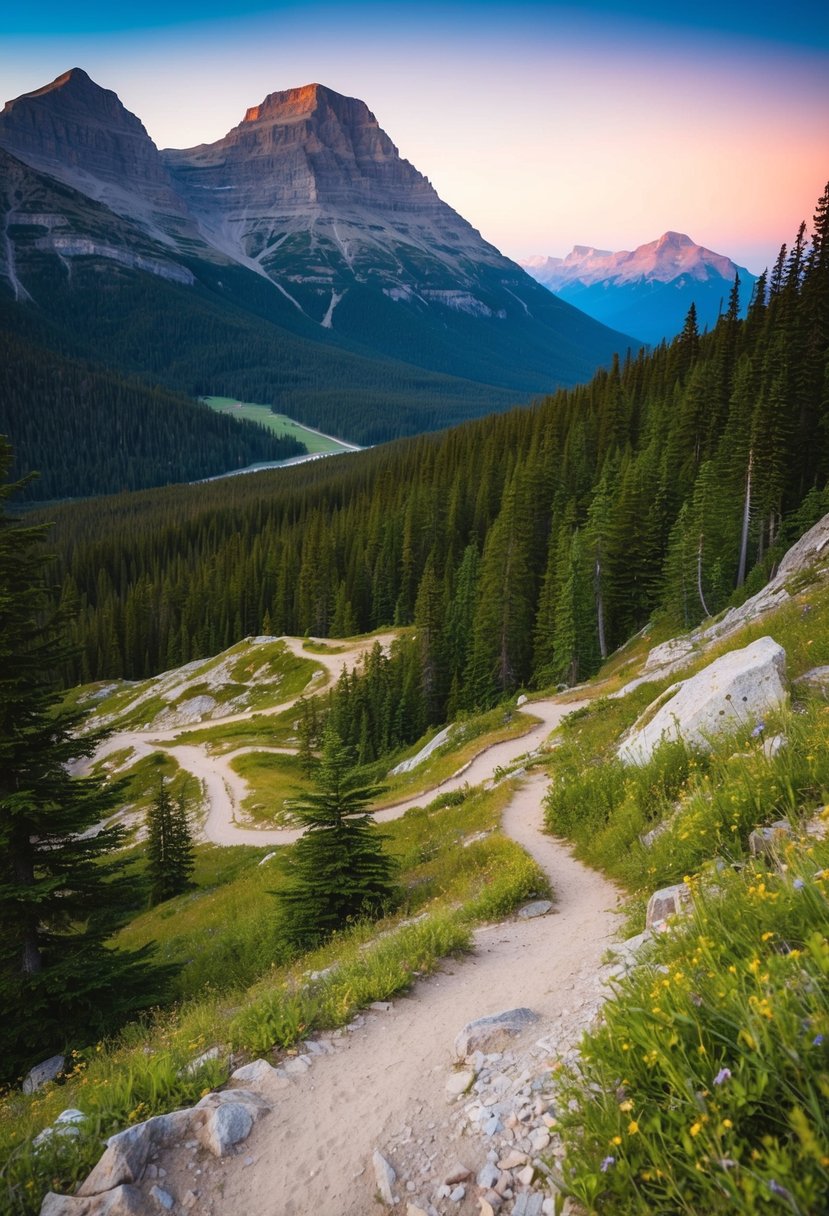
When hiking in Jasper National Park, it’s essential to know the trail types and their difficulty levels. Trail maintenance and conditions also play a significant role in the overall hiking experience. Understanding these factors helps hikers choose the right trail for their skill level and safety.
Trail Types and Difficulty Levels
Jasper National Park offers various trail types, including:
- Easy Trails: These are typically flat and well-marked, suitable for beginners. An example is the Old Fort Point Loop Trail.
- Moderate Trails: These trails may include some elevation changes and uneven surfaces, appealing to hikers with some experience. The Sulphur Skyline Trail falls into this category.
- Difficult Trails: These trails present challenging terrain and steep inclines, meant for experienced hikers. The Skyline Trail is often regarded as difficult.
Hikers should consider their fitness level when selecting trails. Difficulty ratings can vary, so it’s wise to consult a trail map before heading out.
Trail Maintenance and Conditions
Trail maintenance is crucial for ensuring a safe hiking experience. Parks Canada conducts regular inspections and repairs to keep trails clear of obstructions. However, conditions can change due to weather or natural events.
Hikers should check the current trail conditions. Factors such as snow, rain, or recent storms can affect accessibility and safety. Visiting websites like AllTrails can provide up-to-date information.
Always plan for varying conditions by packing appropriate gear and notifying someone of planned routes.

